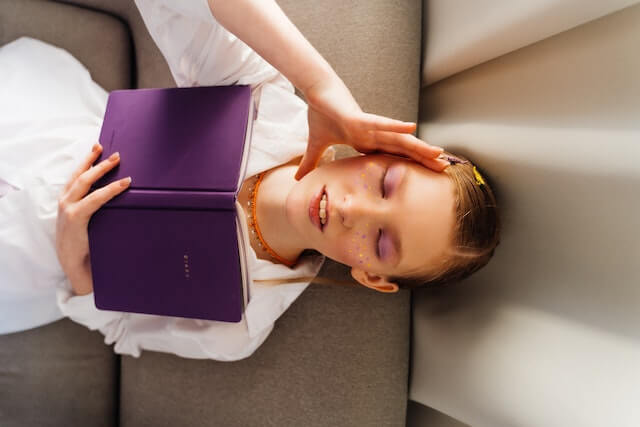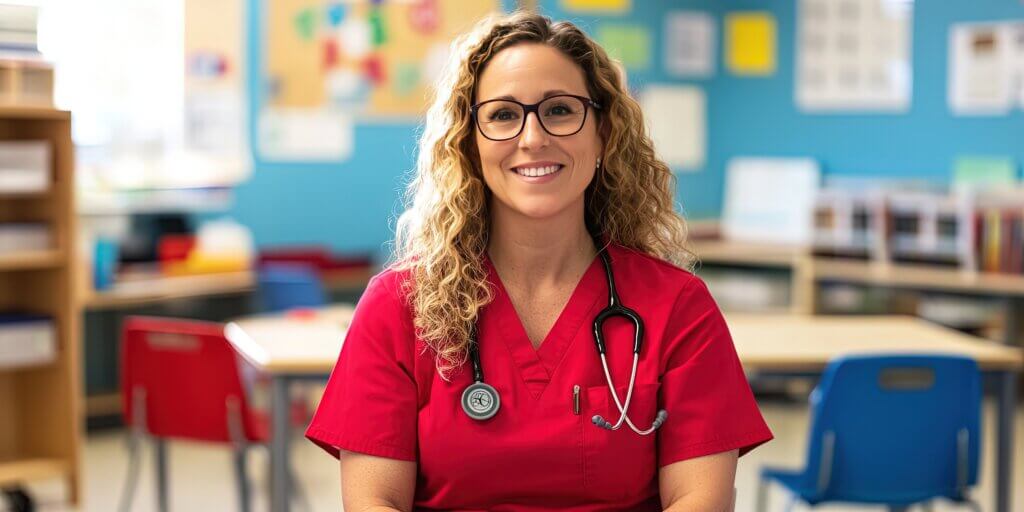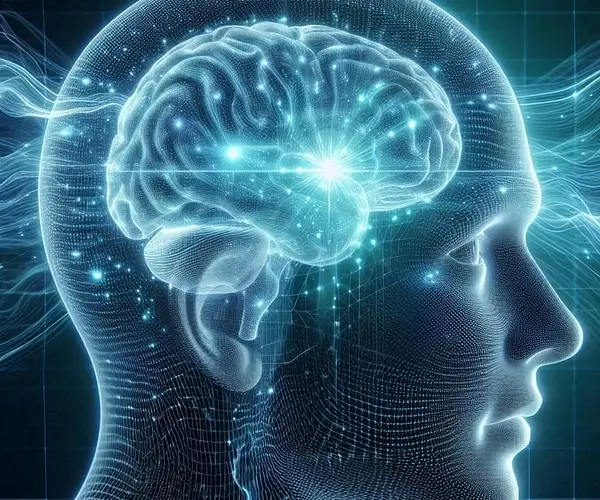Help for Teenagers with Migraines
Recommended by neurologists and headache specialists for over 25 years: Migrelief daily supplement for migraine sufferers is a great place to start!
Combined with fast-acting “as-needed” supplement, Migrelief-NOW, this dream team is the ideal combination to help migraine sufferers reclaim their life.
We are confident in MigreLief’s ability to make a big difference and offer a simple MigreLief 90-day satisfaction guarantee. Simply… MigreLief works for you or your money back!
Teen migraine vs. adult migraine
Migraines are extremely painful and often debilitating for teens and children. Just like adults, teens can also experience dizziness, vertigo, nausea, sensitivity to light and noise, a lack of energy, disturbed vision, and other symptoms. Teen migraines are often different than adult migraines. While adult migraines often last several hours or more and settle on one side of the head, in a child or young teen, a migraine may last for as little as one hour and the pain is often felt across the front of the forehead or on both temples.
As a result, childhood & teen migraines are often dismissed as sinus headaches. Some pediatric/teen migraines don’t involve headache pain at all. Instead, the child or teen may have abdominal pain, vomiting, or feelings of vertigo. The attacks may be shorter, but after the migraine disappears it can cause an ill feeling that can be even worse than the head pain. Of course, symptoms can vary from person to person and can also vary from one attack to the next. No matter how you look at it, migraines are not something we’d want to wish on our worst enemy, let alone our child.
Children & teens – migraine dilemma
Parents often dismiss headache complaints by kids and teens, or merely address the problem with a painkiller, not knowing their child may be on a path to a lifetime of suffering migraines. Researchers are discovering the more migraines a person has, the greater the tendency for future migraines. Evidence shows an increased sensitivity after each successive attack, eventually leading to chronic daily migraines in some individuals. It would follow that in order for children to avoid a lifetime of migraines, it is imperative to lower the frequency of attacks as soon as possible.
The devastating effects on teens who suffer from migraines
Migraines in teens (as well as adults) can be disabling. They can cause frequently missed school days, a need to miss sports, work, and other activities, and according to a University of Colorado at Denver study, teens who suffer from migraine headaches are also more likely to get lower grades and have a lesser chance of even graduating high school or attending college.
The results of the study found that migraines are an important obstacle to long-term academic success with sufferers having trouble attending school and concentrating on those days they are in school. The teenage years are already a very difficult time in life, and with migraines, they can seem impossible. With the natural response during a migraine attack to shut down and withdraw from the world, sufferers feel a sense of abandonment, which is extremely damaging during adolescence.
Surveys have found that almost every migraine sufferer’s life is negatively affected forcing them to avoid activities like:
- Doing chores around the home
- Taking part in favorite hobbies
- Spending time with family and friends
- Attending school
- Making future plans
A study in 2007 found that teens who suffer from migraines have a higher risk of suicide and also a greater chance of developing mental disorders in addition to headaches. 21% were found to develop major depression and 19% were found to experience panic attacks.
Migraine triggers in teens
While migraines can be unpredictable, it’s important to become aware of certain triggers. Sometimes by setting up a regular routine and avoiding known triggers, attacks can be minimized. Teens, like adults, and sometimes even more so, can be severely affected by stress. Incorporating stress reduction activities like deep breathing and meditation can be helpful in lessening migraine attacks.
Some common migraine triggers include:
- Hormone changes such as just before the menstrual period begins
- Skipping meals
- Not getting enough rest
- Alcohol
- Stress
- Physical activity
- Extreme heat
- Certain smells
- Certain foods, in particular those with additives, preservatives or dyes.
- Bright lights
- Weather changes
- Medications
- Motion sickness during road trips
- Changes in routine
Options for teens with chronic migraines
Conventional Treatment
Many popular drugs on the market today are not well tolerated by adults much less something to which a parent would want to subject their adolescent or vibrant young. Dry mouth, fatigue, difficulty concentrating are just a few of the potential side effects.

“Parents should be aware that our medication choices aren’t as good as they should be,” Dr. Jennifer Bickel, a neurologist and headache specialist at Children’s Mercy Hospitals and Clinics in Kansas City, Missouri, told Genevra Pittman at Reuters Health.
There are not many medications for treating children’s migraines that are without major controversy, especially the class of medication known as Triptans. If you do your own research, you will see in journals where triptans (such as Children’s Imitrex) are being considered or even approved for children by the FDA, but you will find as many or more articles saying that triptans are in no way safe for children. The only medicine deemed “safe” for treating children’s migraines is ibuprofen. Anyone who has suffered a migraine will tell you that ibuprofen doesn’t begin to mitigate the pain, nor will it prevent future migraines.
Topamax (topiramate), a medication to treat children’s migraines prophylactically (preventively) is an anticonvulsant used to control epilepsy and has also been promoted as a weight-loss drug. This same drug has been shown in clinical trials to cause a full 27% of child test subjects to lose weight. Other side effects are known to be an upper respiratory infection, anorexia, and paresthesia. These were the results of the only major clinical study conducted on topiramate for children. Outside of the general discussion of Topamax’s side effects, one source (http://epilepsy.emedtv.com) cited that side effects such as memory loss or difficulty concentrating make it difficult to tolerate Topamax. Such side effects could be devastating for a school student, especially if the child already suffers from ADHD.
Additionally, if the child is already being treated pharmacologically for ADHD, depression, anxiety, stress, anorexia, or anything requiring medication, adding yet another medication to those already stressing the child’s body is simply unsound at best, and life-threatening at worst. Combining other medications, especially antidepressants, with migraine medications such as those mentioned above can raise serotonin levels too much and result in serotonin syndrome.
According to an article in the New England Journal of Medicine, “Serotonin syndrome is a potentially life-threatening adverse drug reaction that may occur following therapeutic drug use, or as an inadvertent interaction between drugs.” Even a commonly used over-the-counter cough suppressant ingredient, dextromethorphan, combined with a migraine medication can cause serotonin syndrome.
Prevention is key for children and teens who suffer from chronic migraines
Nutritional Alternative
Never underestimate the power of nutrition. MigreLief dietary migraine formulas are a great nutritional option without the harmful side effects associated with many medications.
Nutritional supplements and herbs such as the original patented active ingredients in MigreLief; feverfew, magnesium, and riboflavin are known to work through several mechanisms of action including keeping the blood flowing properly in the brain. When the blood is flowing the way it should, there may be less likelihood of sudden spasms and inflammation. These triple therapy ingredients also help to re-establish and maintain normal cerebrovascular tone and function.
Nutritional deficiencies and imbalances often associated with migraines can lead to dysfunctional brain processes such as *Excessive Platelet Aggregation (the clumping together of blood cells) resulting in blood vessel changes and the decrease in the brain’s cellular energy reserves (cells lose energy production ability when the powerhouses of the cells (the mitochondria) become dysfunctional due to nutritional deficiencies).
A VITAMIN, A MINTERAL AND A PLANT
We understand that as a parent, you want, not only to have your child’s pain relieved, but you also do not want them to consume anything that would further harm them. That’s the beauty of the “Triple Therapy Approach” of MigreLief. There are three well known ingredients/mechanisms of action listed in the American Academy of Neurology’s Evidence-Based Guidelines for Migraine Prevention, working at the cellular level to solve the problem.
- Magnesium
- Riboflavin/B-2
- Feverfew-whole leaf and extract.
There are no negative side-effects associated with the ingredients in MigreLief or Children’s MigreLief (formulated for ages 2 -11.) With MigreLief, there also is no concern about drug interaction with most other medications a child might be taking.
Daily Maintenance vs. “As-Needed”
Original MigreLief was formulated to be taken daily to maintain normal cerebrovascular function. But what do you do if a migraine or headache should occur?
MigreLief-NOW is Akeso Health Sciences fast acting acute formula to be taken at the first sign of discomfort. The dose for children 2-11 is 1/2 the regular dose. Recommended dosage for adults and teens is to take 2-4 capsules immediately and 2 more 2 hours later if needed.
Teenagers have a lot going on in their lives and do not need to be handicapped with disabling migraines. By avoiding common triggers, staying well hydrated, and taking a nutritional approach to migraines, young adults have a great chance of getting their life back.
To the Best of Health,
Curt Hendrix, M.S., C.C.N., C.N.S.
Inspiring stories from parents:
“I had migraines as a child and all of my life until I found MigreLief. Now my son age 10 gets them. After 2 months of taking MigreLief, he is finally back in school. MigreLief gave us both back our life!” ~ C.M.
“My son has suffered from migraines since the age of 7. His migraines have always been complicated causing him to vomit, be sensitive to light and noise, and stay in a dark room until the pain was manageable. His neurologist recommended MigreLief. We are ecstatic. He is able to stay over with friends, play baseball, basketball, and skateboard again.” ~ H.S.
Related Articles: Instafan – Teen Discovers MigreLief on Instagram


